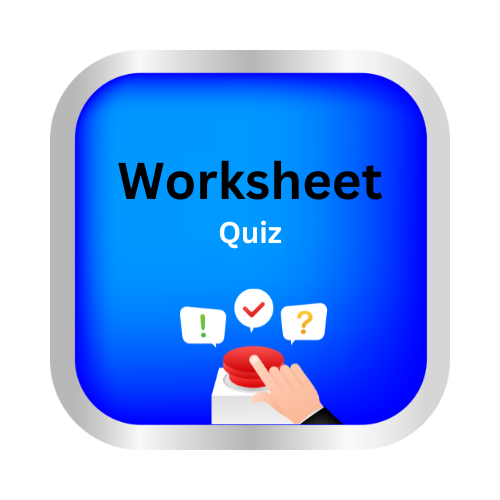Weather
Key Notes :
1. Definition of Weather
- Weather refers to the atmospheric conditions in a specific place at a particular time.
- It includes factors such as temperature, humidity, precipitation (rain, snow, etc.), wind speed, and air pressure.
2. Elements of Weather
- Temperature: The measure of how hot or cold the atmosphere is. It is measured using a thermometer.
- Humidity: The amount of water vapor in the air. It is measured using a hygrometer.
- Precipitation: Any form of water (rain, snow, sleet, hail) that falls from the atmosphere to the Earth’s surface.
- Wind: Moving air caused by differences in air pressure. It is measured using an anemometer.
- Air Pressure: The weight of the air pressing down on the Earth’s surface. It is measured using a barometer.
- Cloud Cover: The amount of cloud in the sky. It affects how much sunlight reaches the Earth’s surface.
3. Factors Influencing Weather
- Latitude: The distance from the equator affects the temperature of a region.
- Altitude: Higher altitudes usually experience cooler temperatures.
- Proximity to Water: Areas near oceans or large bodies of water experience milder weather.
- Wind and Air Circulation: Winds carry warm or cold air across regions, influencing local weather patterns.
- Topography: Mountains and valleys can affect wind and rainfall patterns.
4. Weather Instruments
- Thermometer: Measures temperature.
- Barometer: Measures air pressure.
- Hygrometer: Measures humidity.
- Anemometer: Measures wind speed.
- Rain Gauge: Measures the amount of precipitation.
5. Types of Weather Conditions
- Sunny: Clear skies with no clouds, often associated with high pressure.
- Cloudy: Sky covered with clouds, usually indicating low pressure.
- Rainy: Precipitation in the form of liquid water drops.
- Snowy: Precipitation in the form of snow, occurring when the temperature is below freezing.
- Windy: Strong air movement caused by differences in air pressure.
- Stormy: Includes thunderstorms, tornadoes, hurricanes, and other extreme weather events.
6. Weather vs. Climate
- Weather: Short-term atmospheric conditions.
- Climate: Long-term weather patterns observed over a period of years or decades.
7. Weather Forecasting
- Meteorologists study weather patterns using tools like satellites, weather balloons, and radar to predict weather changes.
- Weather forecasts help people prepare for upcoming weather conditions, such as storms or temperature changes.
8. Severe Weather
- Thunderstorms: Storms with thunder, lightning, and heavy rain.
- Hurricanes/Typhoons: Powerful tropical storms with high winds and heavy rainfall.
- Tornadoes: Violently rotating columns of air that can cause significant damage.
- Droughts: Long periods of abnormally low rainfall.
9. The Water Cycle
The water cycle (evaporation, condensation, precipitation, and collection) plays a significant role in weather patterns. It describes how water moves through the atmosphere.ect farming.
Let’s practice!

